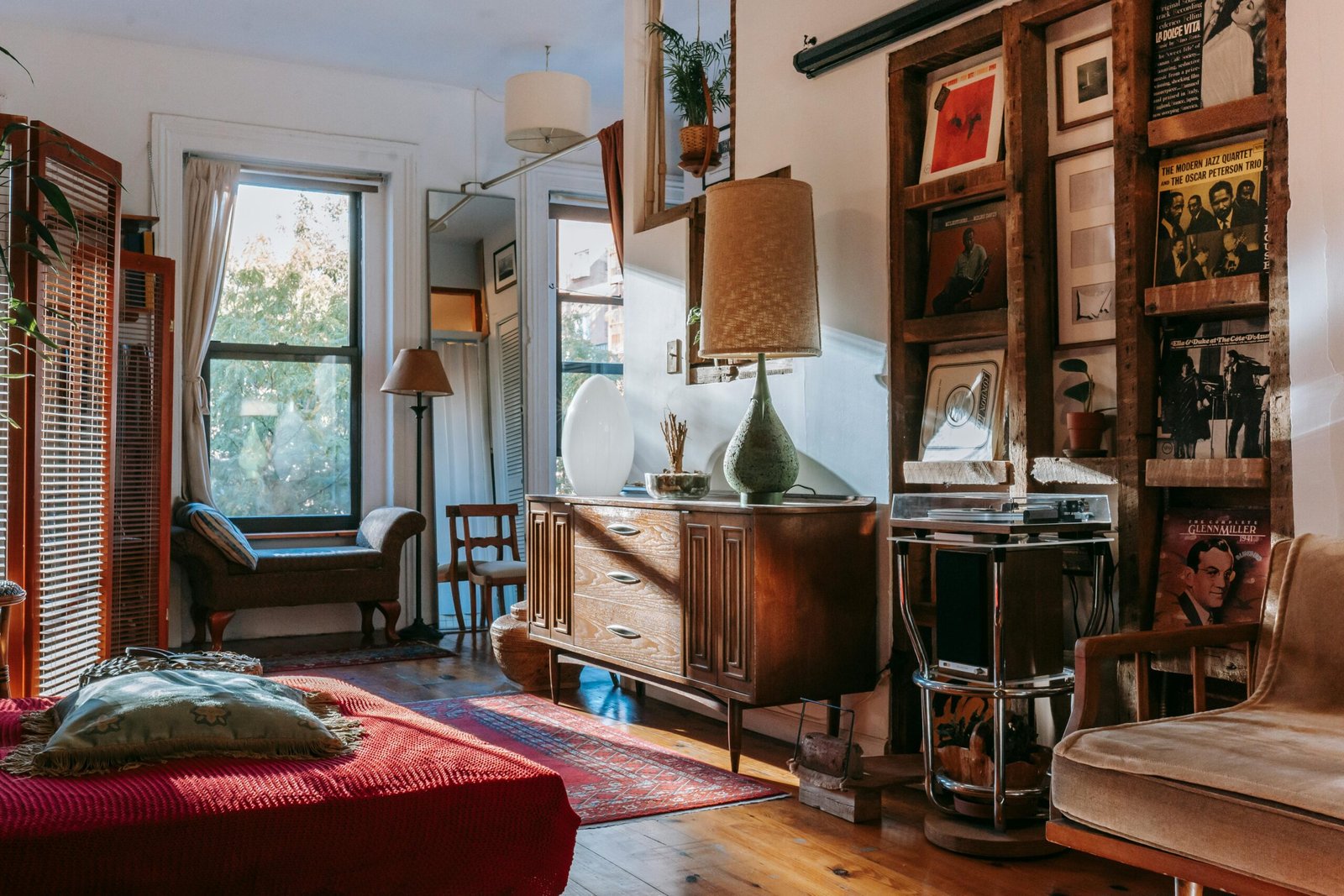How to Polish Old Wooden Furniture at Home (Desi Tips)
Introduction
Have a dusty old cabinet or a fading chair passed down from your grandparents? Don’t throw it out just yet! With a little love and some desi tips, you can make that old wooden furniture look brand new again. Not only does polishing wooden furniture at home save money, but it also brings back that rustic charm and elegance.
Understanding Your Furniture
Before you jump into polishing, it’s important to know what you’re working with.
Types of Wood Used in Furniture
Whether it’s teak, sheesham, mango, or oak, different woods behave differently. Teak is oily and ages well, while mango wood may dry out faster. Knowing your wood helps choose the right polish.
Identifying the Type of Finish
Is it glossy, matte, or semi-gloss? Has it been treated with polyurethane, shellac, or wax before? This matters when deciding whether to strip the old finish or polish over it.
Common Signs of Wear
Look for scratches, dullness, water rings, or faded areas. These give clues on how deep a polish job is needed.
Benefits of Polishing Old Wooden Furniture
Restores Original Shine
Polishing brings back the natural glow and enhances the grain of the wood.
Increases Lifespan
A good polish acts like a protective shield against moisture, dust, and insects.
Adds Value and Beauty
Well-maintained wooden furniture not only looks better but is also worth more in sentimental and monetary value.
Preparing for the Polish
Preparation is key to a beautiful result.
Cleaning the Furniture First
Before polishing, get rid of dirt and grime.
Homemade Cleaning Solutions
-
Mix equal parts of white vinegar and water
-
Add a few drops of dish soap
-
Wipe gently with a microfiber cloth
Tools You’ll Need
-
Soft cloths
-
Fine-grit sandpaper
-
Old toothbrush
-
Cotton balls
-
Gloves
Repairing Minor Damages
Use wood filler or wax sticks for small cracks or holes. You can also rub a walnut over minor scratches to fill them up naturally.
Safety Measures Before Polishing
Work in a well-ventilated area, keep kids and pets away, and always wear gloves.
Traditional Desi Tips for Polishing Wooden Furniture
Here’s where the magic happens—desi totkas to the rescue!
Mustard Oil and Lemon Polish
-
Mix 2 parts mustard oil with 1 part lemon juice
-
Apply with a cotton cloth
-
Buff with a dry cloth for a rich shine
Coconut Oil and Vinegar Mixture
-
Mix equal parts coconut oil and white vinegar
-
Great for conditioning dry wood and removing grime
Using Beeswax and Turmeric
-
Melt beeswax and mix with a pinch of turmeric
-
Gives a golden hue and protects the wood from insects
Sandalwood Powder Paste
-
Mix sandalwood powder with rose water
-
Rub on antique pieces for a fragrant and polished finish
Ghee and Camphor Blend
-
Combine 1 tablespoon of ghee with crushed camphor
-
Ideal for religious furniture or wooden frames
Step-by-Step Guide to Polish Old Wooden Furniture at Home
Surface Preparation
-
Clean the surface thoroughly
-
Sand lightly if needed to remove old polish or uneven spots
Applying Desi Polish Mixture
-
Use a soft cloth or brush
-
Work in small sections
-
Apply in circular motions for even absorption
Buffing for Shine
-
After application, let it rest for 10–15 minutes
-
Buff with a clean cotton cloth or wool pad
Final Touches
-
Check for missed spots
-
Apply a second layer if needed
-
Let it sit overnight before use
Tips for Maintaining Polished Wooden Furniture
Avoiding Direct Sunlight
Too much sun can fade the polish and dry the wood.
Regular Dusting with Soft Cloth
Use a microfiber or muslin cloth—stay away from harsh chemicals.
Monthly Polishing Routine
A light polish every month keeps the wood nourished and shiny.
When to Avoid DIY and Call a Professional
If your furniture is antique or has structural damage, it’s best to let an expert handle it. DIY methods are for touch-ups and regular maintenance—not full restorations.
Common Mistakes to Avoid
-
Over-polishing (can lead to sticky surfaces)
-
Using harsh abrasives
-
Skipping the cleaning step
-
Applying polish on dirty or moist surfaces
Conclusion
There’s something truly satisfying about reviving old, lifeless furniture using simple, desi polishing tips. Not only do you restore a piece of history, but you also infuse your space with warmth and tradition. So go ahead, give your wooden treasures the care they deserve—right from the comfort of your home!
FAQs
Q1: How often should I polish my wooden furniture?
A light polish once a month is ideal for regular upkeep, while a deep polish can be done every 3–6 months.
Q2: Is mustard oil safe for all types of wood?
Yes, but test on a hidden area first. Some lighter woods may darken slightly.
Q3: Can I use olive oil instead of coconut oil?
Yes, olive oil works well as a substitute for polishing and conditioning wood.
Q4: What’s the best way to remove scratches?
Rub a walnut or use a paste of lemon juice and ash for light scratches.
Q5: Is polishing necessary if the furniture already has a glossy finish?
Yes, polishing maintains the finish and protects the wood from damage over time.
